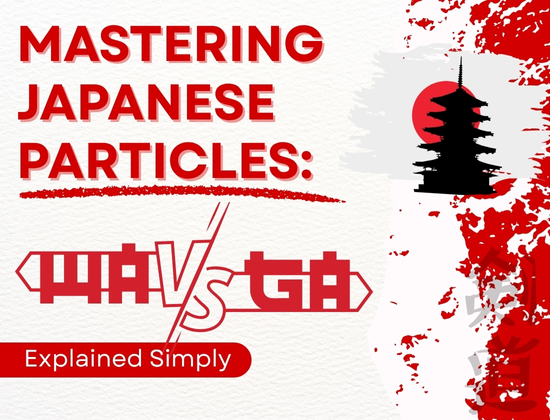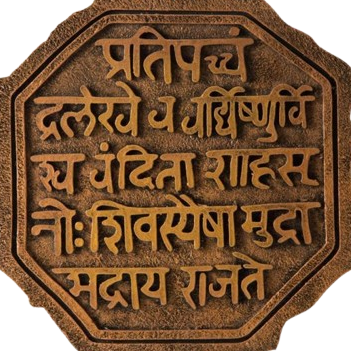
Mastering Japanese Particles: Wa vs. Ga Explained Simply
.
If you're learning Japanese, chances are you've stumbled over the particles wa (は) and ga (が). These small but powerful markers are essential in building correct and meaningful sentences. For many learners at The Language Skool (TLS), mastering these two particles is one of the first big steps in truly understanding the structure and subtlety of Japanese communication.
But don't worry—TLS is here to break it down for you in the simplest way possible.
What Are Japanese Particles?
Japanese particles are like tiny signposts that tell you how a word functions in a sentence. While English relies heavily on word order and prepositions, Japanese uses particles to indicate the role of each word.
Two of the most commonly used and commonly confused are wa (は) and ga (が). Both can mark the subject of a sentence, but they are used in different situations and can drastically change the nuance of your sentence.
The Role of Wa (は): Topic Marker
Think of wa as setting the stage. It introduces or highlights what the sentence is about—the topic.
-
Example: わたしは学生です。(Watashi wa gakusei desu.)
As for me, I am a student.
In this sentence, watashi wa is the topic. You are not just saying “I’m a student,” you’re emphasizing you, as the topic of discussion.
Use wa when:
-
You are introducing a new topic
-
You are comparing two things
-
You are making general or known statements
TLS Tip: In conversations, wa gives context. It’s perfect for when you’re continuing a flow of ideas or talking about something both people already know.
The Role of Ga (が): Subject Marker
Ga, on the other hand, identifies the subject that performs an action or has a specific attribute, especially when it's new, emphasized, or exclusive.
-
Example: 彼が来ました。(Kare ga kimashita.)
He (specifically) came.
Here, ga puts a spotlight on kare (he), as the one who did the action. Maybe others didn’t come, but he did—ga makes that clear.
Use ga when:
-
You’re introducing new information
-
You want to emphasize the subject
-
You’re answering a question like “Who?” (Dare ga...)
TLS Tip: In many placement and proficiency tests, such as JLPT or exams offered at TLS, knowing when to use wa vs. ga correctly is crucial for high scores.
A Simple Analogy
Imagine a stage.
-
Wa is like the spotlight on the whole scene: "Let me talk about THIS."
-
Ga is the zoom-in on the key actor doing something important right now.
So:
-
Watashi wa sushi ga suki desu.
→ As for me, (I like) sushi.
Here, wa introduces “me” as the topic, but ga zooms in on “sushi” as the object of liking.
Common Mistakes and How to Avoid Them
Incorrect: 猫は誰ですか? (Neko wa dare desu ka?)
Correct: 猫が誰ですか? (Neko ga dare desu ka?)
Why? Because the question asks for a specific identity, and ga is used to identify the subject.
How TLS Can Help You Master Particles
At The Language Skool, our Japanese trainers use real-life scenarios, cultural contexts, and structured practice to make sure learners don’t just memorize particles—they use them naturally. Whether you're aiming for fluency, preparing for JLPT, or just want to speak with confidence, our personalized guidance ensures your foundation is strong.
Our online and offline sessions offer grammar drills, conversation clubs, and cultural activities that help reinforce concepts like wa and ga in a practical, enjoyable way.
Conclusion
Japanese grammar may seem intimidating at first, but mastering key particles like wa and ga is a game-changer. Once you get the hang of their usage, your comprehension, writing, and speaking skills improve dramatically.
Join our Japanese language programs at The Language Skool and unlock the beauty of fluent Japanese one particle at a time!












